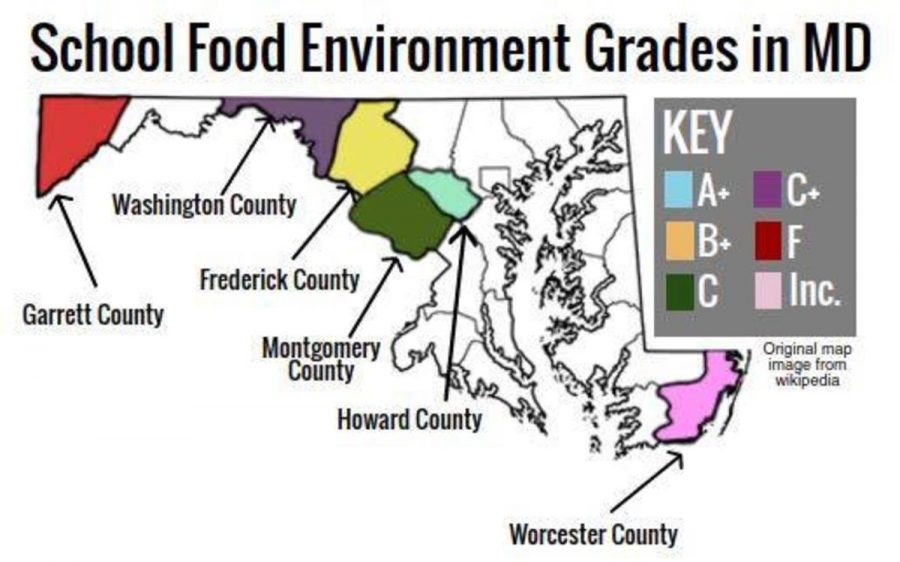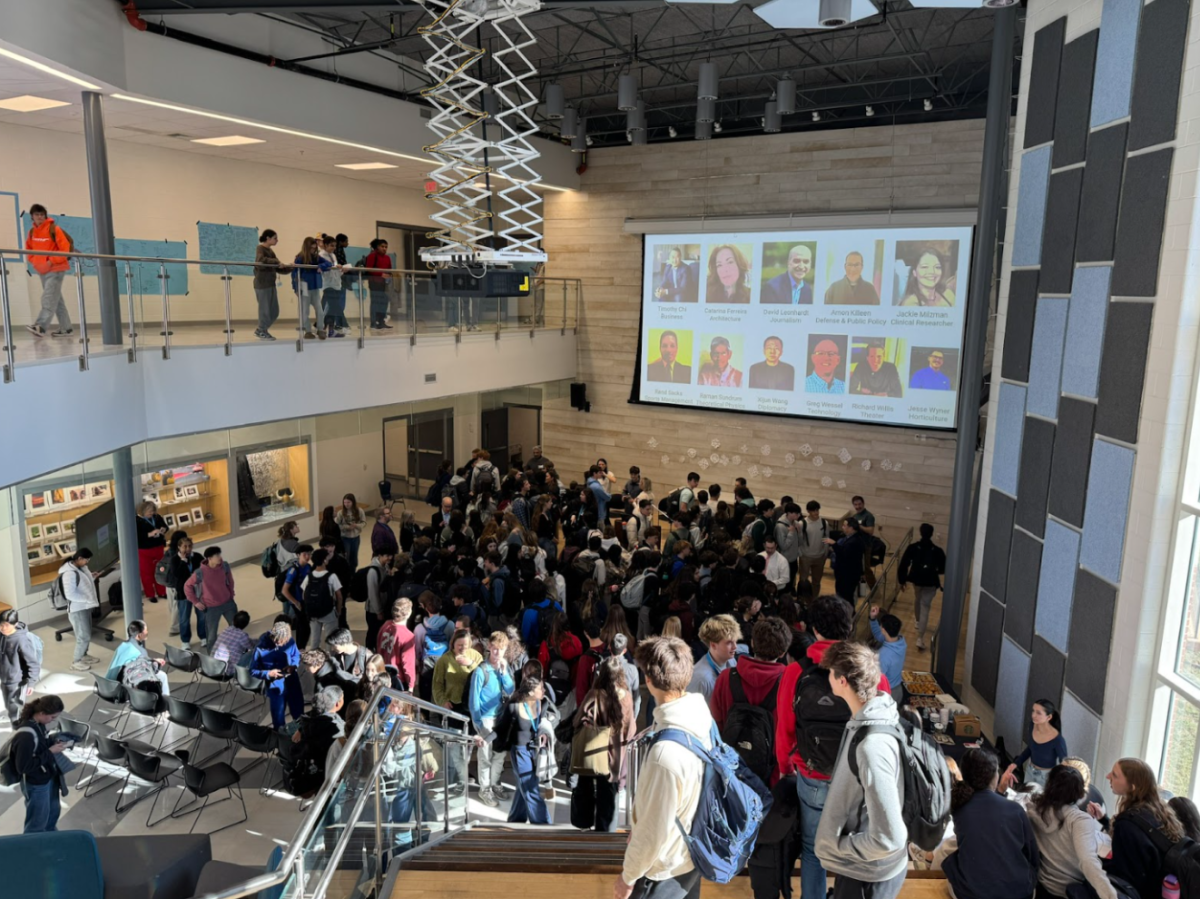MCPS scores C on school food health evaluation
January 13, 2017
Healthy School Food Maryland, a coalition that advocates for wholesome and nutritious foods in school cafeterias, gave MCPS cafeterias a C grade, ranking it 14 out of 24 Maryland public school districts.
Howard County topped the scorecard, while Worcester County placed last.
The grade was based on a range of factors: the amount of sugar and chemicals in food, vending machine options, water availability and menu variety.
The grade isn’t necessarily reflective of Whitman’s cafeteria; it’s likely they didn’t evaluate every MCPS school, cafeteria manager Karen Phillips said.
“If you look at schools around the county, our food is completely different,” she said. “Comparing Whitman to other schools, you can see how much effort our workers put into making this product.”
MCPS makes its school menus available in six languages and cooks meat, sauces, macaroni and cheese and other items from scratch, MCPS food and nutrition services director Marla Caplon said.
“MCPS is currently testing a program in which every elementary-age student who eats a meal at school is offered a water bottle. We provide salad daily in high schools,” Caplon said. “I don’t think the grade on the scorecard gives enough credit to the efforts of MCPS’s workers.”
Still, Phillips recognizes that the cafeteria could improve by adding more options to the menu at Whitman.
“Visiting the cafeteria usually results in a trip to the vending machine,” sophomore Ivy Xun said. “They could improve by offering a wider variety of items.”
Legislative Aide Patricia Swanson said MCPS already takes sugar levels into consideration when planning meals, although there’s no specific limit. Added sugar in yogurt and chocolate is used to encourage students to eat or drink dairy products, she said.
The report’s results will be distributed to superintendents and food service directors. For schools seeking a better grade, Healthy School Food Maryland may also craft a list of recommendations for the county.
“We do our best to exceed the needs of our students,” Caplon said. “At the end of the day, we have to serve products students will eat.”










